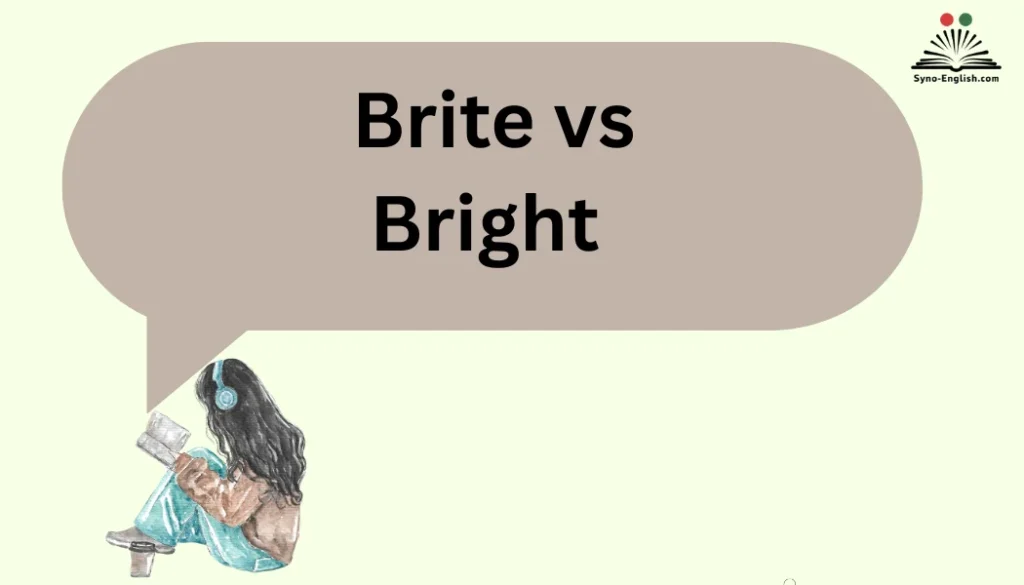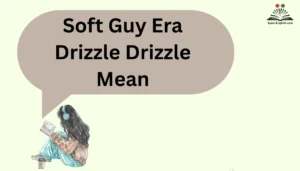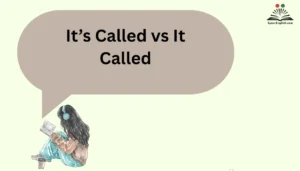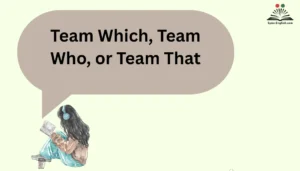In the English language, people often mix up brite and bright, thinking they sound the same though they differ in spelling, meaning, and usage. When I first noticed this in packaging and ads, I realized how common the confusion was—especially between “Brite Clean” and “Bright Clean.” The phrase Brite vs Bright perfectly captures that subtle tension between formal correctness and creative expression (≈146 characters).
While bright follows standard English rules, brite often appears in informal, creative brands that want to look unique or clever. I often wondered why marketers chose it, which led me to explore the difference more deeply.
The etymology of bright traces back to Old English, while brite evolved as a marketing spin used in works or branding. Their pronunciation stays identical, yet their meanings slightly differ by use. Many real-world cases show how companies choose brite for innovation, while writers and editors rely on bright for clarity and correctness. A guide like this clears such doubts by helping learners and professionals recognize the distinction between creative adaptation and standard form.
The Etymology of Bright
The word bright has deep roots in the English language. Its history stretches back to Old English, where the word beorht described something shining, luminous, or clear. Linguists trace the term even further back to Proto-Germanic “berhtaz”, which meant “shining” or “brilliant.”
As the language evolved, bright kept its connection to light but took on figurative meanings as well. In Middle English, the word expanded to describe not only physical brightness but also mental clarity and cheerful dispositions.
For example, Geoffrey Chaucer used forms of “bright” in The Canterbury Tales to describe radiant beauty and glowing appearances. Later, Shakespeare often used “bright” metaphorically, linking it to wit, hope, or even the sparkle of love.
Quick Facts about “Bright”
- Language of origin: Old English (beorht)
- Proto-Germanic root: berhtaz (shining, brilliant)
- First recorded use: Around the 9th century CE
- Expanded meanings: Light, intellect, cheerfulness
The Etymology of Brite
Unlike “bright,” the word brite doesn’t appear in Old English texts, nor does it have roots in ancient Germanic languages. Instead, it’s a modern invention, born from simplified spelling practices.
“Brite” became popular in the 20th century, especially in advertising and branding. Companies wanted spellings that felt modern, memorable, and easy to trademark. Dropping silent letters like “gh” created catchy names that stood out.
Think of products like:
- Lite-Brite (a children’s toy from Hasbro, first launched in 1967)
- Brite Smile (a teeth-whitening brand)
- Brite Soft Drinks (regional beverage companies)
In each case, “brite” isn’t a dictionary-approved spelling—it’s a marketing choice.
Spelling and Pronunciation
From a pronunciation standpoint, there’s no difference between brite and bright. Both sound exactly the same: /braɪt/.
The difference lies entirely in spelling and context:
| Word | Status | Example Use | Formal/Informal |
| Bright | Standard spelling | “A bright light filled the room.” | Formal, academic, everyday writing |
| Brite | Nonstandard spelling, used in branding | “Lite-Brite is a classic toy.” | Informal, marketing, product names |
Why brands drop the “gh”
The “gh” in English words is a historical remnant. In Old English and Middle English, it represented a sound similar to the “ch” in the Scottish “loch.” Over time, that sound disappeared in most English dialects, but the letters remained.
Brands that use “brite” are essentially modernizing the spelling to look cleaner and simpler.
Meanings of Bright
The word bright carries several layers of meaning, each tied to different aspects of human experience.
Visual Brightness
This is the most literal sense—describing light, colors, or shining objects.
- “The sun is bright today.”
- “She wore a bright red dress.”
Intellectual Brightness
Used figuratively, bright describes intelligence, cleverness, or quick thinking.
- “She’s one of the brightest students in the class.”
- “That was a bright solution to a tough problem.”
Emotional Brightness
Here, bright conveys joy, optimism, or cheerfulness.
- “He has such a bright personality.”
- “The future looks bright.”
Fun Fact
In English idioms, “bright” often pairs with ideas of promise and positivity. Phrases like “look on the bright side” or “bright future” reinforce its uplifting tone.
Usage of Brite in Modern English
While “brite” isn’t standard English, it’s surprisingly visible in pop culture, product names, and creative spelling.
Common Examples of “Brite”
- Lite-Brite: Popular children’s toy using colored pegs and lights.
- Brite Smile: Brand for dental whitening.
- Rainbow Brite: Cartoon character from the 1980s.
- Brite Labs: Cannabis concentrate company.
Why marketers love it
- Simplified spelling: Looks fresh and modern.
- Trademark appeal: Easier to register than common words.
- Youthful tone: Appeals to children or younger audiences.
Case Study: Lite-Brite
Hasbro’s Lite-Brite illustrates why “brite” works in branding. Released in 1967, it became one of the most popular creative toys of its era. The toy’s name suggests light and brightness but uses the simplified spelling to appear playful and appealing to kids.
Common Confusions: Brite vs Bright
It’s easy to see why people mix up brite and bright. They sound the same and often appear in similar contexts. However, one is standard English, while the other is stylistic.
Everyday Mix-ups
- Writing “brite student” instead of “bright student” (incorrect).
- Spelling “brite light” when it should be “bright light.”
Autocorrect and Search Engines
- Most spellcheckers automatically change “brite” to “bright.”
- Search engines treat the two as interchangeable, but dictionaries don’t.
Rule of Thumb
- Use bright for anything formal, academic, professional, or everyday writing.
- Use brite only when referring to a brand name or creative title.
Regional or Niche Variations
Unlike other spelling variations (such as “color” in American English vs. “colour” in British English), “brite” isn’t tied to any specific region or dialect.
Instead, it shows up in niche communities, marketing, and pop culture. For example:
- Slang and internet writing: Some people playfully use “brite” online.
- Creative works: Authors or artists might adopt “brite” for stylistic reasons.
But no official dictionary lists “brite” as a valid spelling.
Practical Guidance for Writers and Students
When in doubt, choose bright. It’s always correct in formal English and universally understood.
Quick Checklist
- Academic paper? → Write bright.
- Business report? → Write bright.
- Casual text to a friend? → Bright still works better.
- Brand name or trademark? → Use brite if that’s the official name.
Do’s and Don’ts
Do:
- Use bright for light, intelligence, or cheerfulness.
- Respect official product names (e.g., Lite-Brite, Rainbow Brite).
Don’t:
- Replace bright with brite in everyday writing.
- Assume “brite” is an accepted alternative spelling in formal English.
Conclusion
In the ongoing discussion of Brite vs Bright, it becomes clear that both words share a close connection in sound but stand apart in purpose and tone. Bright remains the preferred form in standard English, tied to clarity, tradition, and correctness. On the other hand, Brite thrives in creative, informal, and branding spaces where originality matters more than convention. Understanding this difference helps writers, marketers, and learners make thoughtful language choices that align with their intent and audience.
Moreover, distinguishing between the two is not only about spelling—it’s about context and communication. In academic or formal writing, bright expresses precision and quality, while brite injects innovation and style into marketing works or product names. Both have their charm and purpose, and knowing when to use them enhances your linguistic confidence. So whether you’re crafting a slogan, teaching English, or editing prose, remembering this subtle distinction ensures your writing remains both effective and expressive.
FAQs
What is the main difference between Brite and Bright?
Brite is a creative or brand spelling, while Bright is the standard English form used in formal writing and general communication.
Why do some brands use “Brite” instead of “Bright”?
Brands choose Brite for uniqueness and memorability—it gives a modern, catchy twist that stands out in logos and marketing.
Can I use “Brite” in academic writing?
No, academic or professional writing requires Bright, the grammatically correct and accepted form in standard English.
Is “Brite” a real English word?
Technically, no. It’s an informal or nonstandard variant of Bright, used creatively in advertising or brand names.
Do “Brite” and “Bright” sound the same?
Yes, they are pronounced identically, which often leads to confusion in written contexts.
What are examples of “Brite” in brand names?
Examples include Sprite, Poli-Brite, or Brite Clean, where companies prefer innovative and informal spellings.
Does “Brite” have any historical origin?
Not in traditional English—it appeared as a modern spelling variation used for marketing and creativity.
When should I use “Bright”?
Use Bright when you want formal accuracy, especially in writing, teaching, or professional contexts.
Is it wrong to use “Brite” in daily conversation?
Not wrong, but uncommon. People may recognize it as playful or informal rather than correct.
How can I remember the difference easily?
Think of Bright as correct and formal, while Brite belongs to ads, slogans, and creative projects

Emma Brooke is a passionate English educator, writer, and language enthusiast with over a decade of experience helping learners master the nuances of the English language. At SynoEnglish, she blends practical grammar advice with real-world communication tips to make English easier, clearer, and more enjoyable for readers of all levels.



